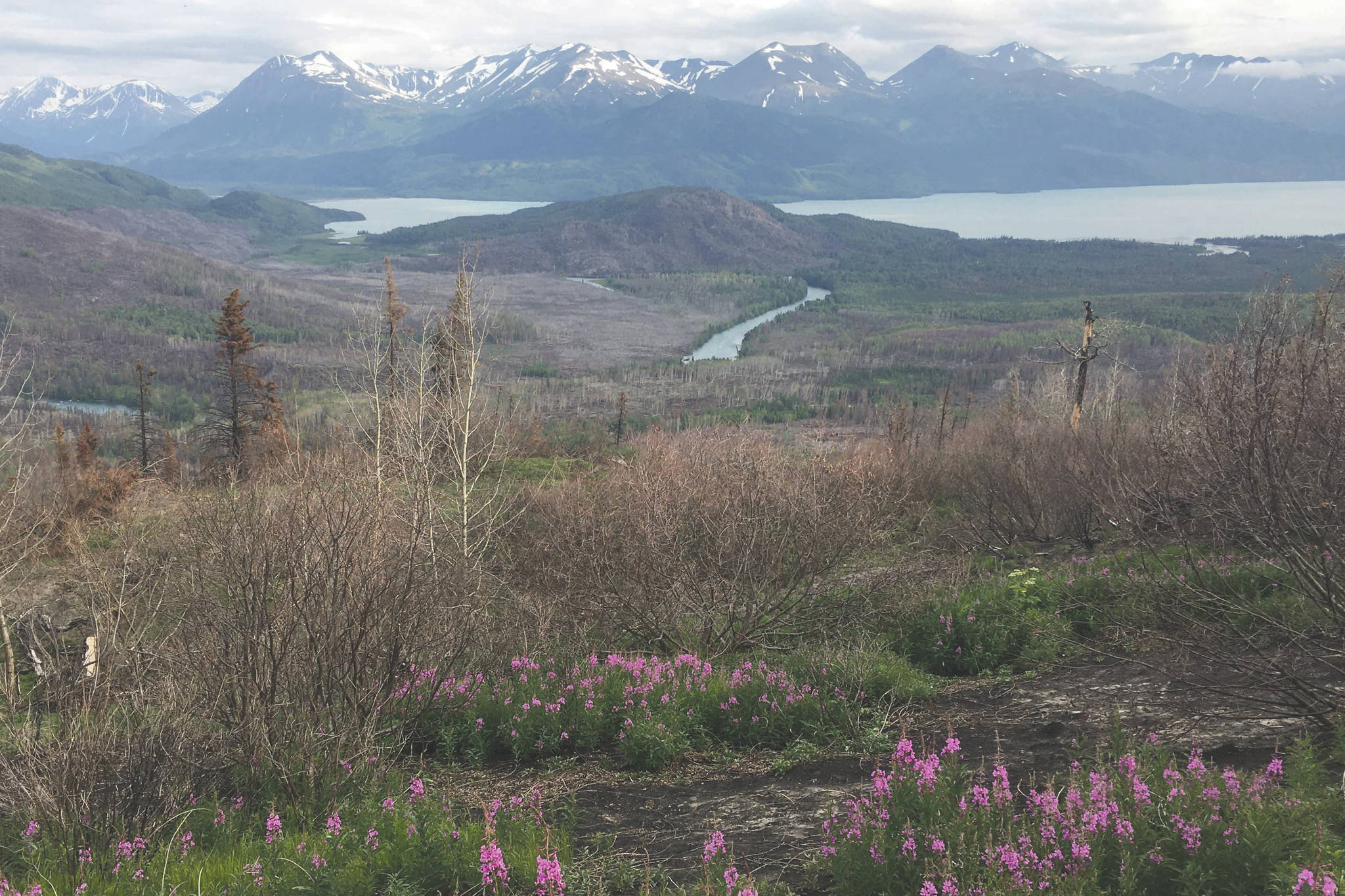The public has until Aug. 10 to comment on a series of proposed regulation changes at the Kenai National Wildlife Refuge.
The U.S. Fish and Wildlife Service, which oversees the Kenai National Wildlife Refuge, published the proposed changes June 11.
According to an explanation of the proposed changes published in the Federal Register, the changes are a result of the Department of Interior — which oversees the U.S. Fish and Wildlife Service — prioritizing increased recreational access, collaboration with states and tribes, and alignment of state and federal regulations.
“The (Trump) Administration has made honoring the conservation legacy of our nation’s hunters and fishers and increasing recreational access to public lands a top priority,” Andrea Medeiros, public affairs specialist with the U.S. Fish and Wildlife Service, Alaska Region, said in an email statement. “Kenai NWR is Alaska’s most visited refuge, and this proposed rule will make the Administration’s goal a reality at one of the system’s iconic destinations.”
Medeiros said Fish and Wildlife would review and consider all substantive comments received and incorporate changes as appropriate prior to publishing a final rule.
Responses to any substantive comments will be available with the final rule once it is published, she said.
Here are the proposed rules changes, according to federal government’s explanation:
• Remove the federal permit requirement for trapping in the refuge. The state of Alaska wants the change because getting a federal permit duplicates what trappers must do on the state level.
“It’s one less step for the trapper to go do,” said Rick Green, special assistant to the commissioner of the Alaska Department of Fish and Game. “They still have to go get our trapping license and regulation before they run a trapline.”
• Allow harvest of brown bears over bait. Green said the state already regulates brown bear hunting on areas of the Kenai Peninsula not on the refuge, paying attention to things like habitat-carrying capacity and interaction with other animals.
Green also said the state manages for maximum sustained yield of fish and wildlife, while the refuge’s priority is diversity of wildlife. He said those mandates can be in conflict with each other.
• Allow discharge of firearms along the Kenai and Russian rivers. The state said it already prohibits firearm use in this area in June and July, with exceptions for things like defense of life and property. The state said that restricting firearms in the area later in the year can interfere with things like hunting brown bears and moose.
• Increase access for bikes and game carts. The state said that the restriction on nonmotorized, wheeled vehicles in the refuge does not match the impact on resources that the vehicles can cause.
• Allow use of off-road transportation, like snowmachines and ATVs, for ice fishing when there is enough snow and ice cover. The state said the use of these vehicles will be similar to the use of licensed highway vehicles that is already allowed. Off-road vehicles already can be used for ice fishing on Hidden, Engineer, Kelly, Petersen and Watson lakes in the refuge. Off-road vehicles also are lighter than highway vehicles, so they can be safer when ice depth is inconsistent.
In regard to the purpose of the proposed rule changes, Green said he is in favor of the state getting more control over how fish and wildlife is managed.
“My belief is when people Outside make rules for Alaska, they don’t understand how they play out,” he said.
Green said the proposed rules changes would make compliance easier for user groups.
“We are looking forward to a more continuous set of rules for our hunters and anglers to follow,” he said.
Information on the proposed regulation changes and a chance to comment is available at the refuge’s website at fws.gov/refuge/kenai.

